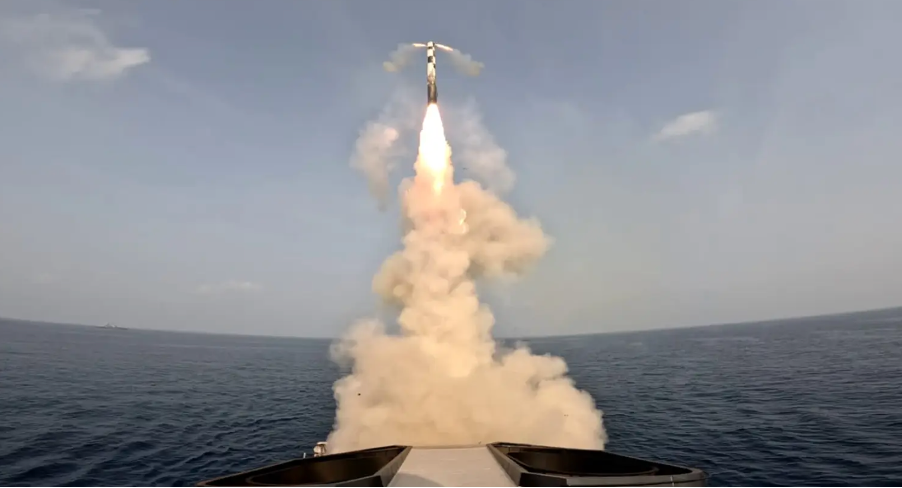The strategic competition in the high waters is rising faster than a tsunami, and the seas are becoming at least as complex as the land. And while New Delhi is attempting to make a quantum jump to compensate for the loss it suffered when the marine domain was not accorded the same priority as the land boundaries, it is positioning itself to become a significant naval power, albeit somewhat later than its rivals.
Although the recent action by India to transfer Brahmos missiles to the Philippines, a country with a leadership that is openly hostile to China, is positive, will this alter India’s security position in the area in comparison to The issue that has to be addressed is China. In fact, it is necessary to determine if increasing defence exports to allies will result in more than just financial gains. As it sells domestic weapons to its allies, India must also ensure that its goals of becoming a net security supplier in the Indo-Pacific region come true.
The Narendra Modi government’s campaign for “atmanirbharta,” or “Make In India,” in the defence sector may be helping India gain credibility as an arms exporter, but New Delhi still has a long way to go before it can even compete with China. The most recent statistics from the Stockholm International Peace Research Institute (SIPRI) show that under President Xi Jinping, China has emerged as the world’s second-largest defence spender, with an expected budget of $296 billion in 2023, while India comes in fourth place with an allocation of $84 billion.







